Space is full of amazing and beautiful mysteries yet to be discovered. Recently, scientists have discovered another astonishing facet of our solar system.
Thanks to observations made by a group of scientists—with the help of NASA’s New Horizons probe—a number of objects in the outermost regions of the solar system have been discovered. Observations indicate that these objects lie beyond the Kuiper Belt.
What is the Kuiper Belt?
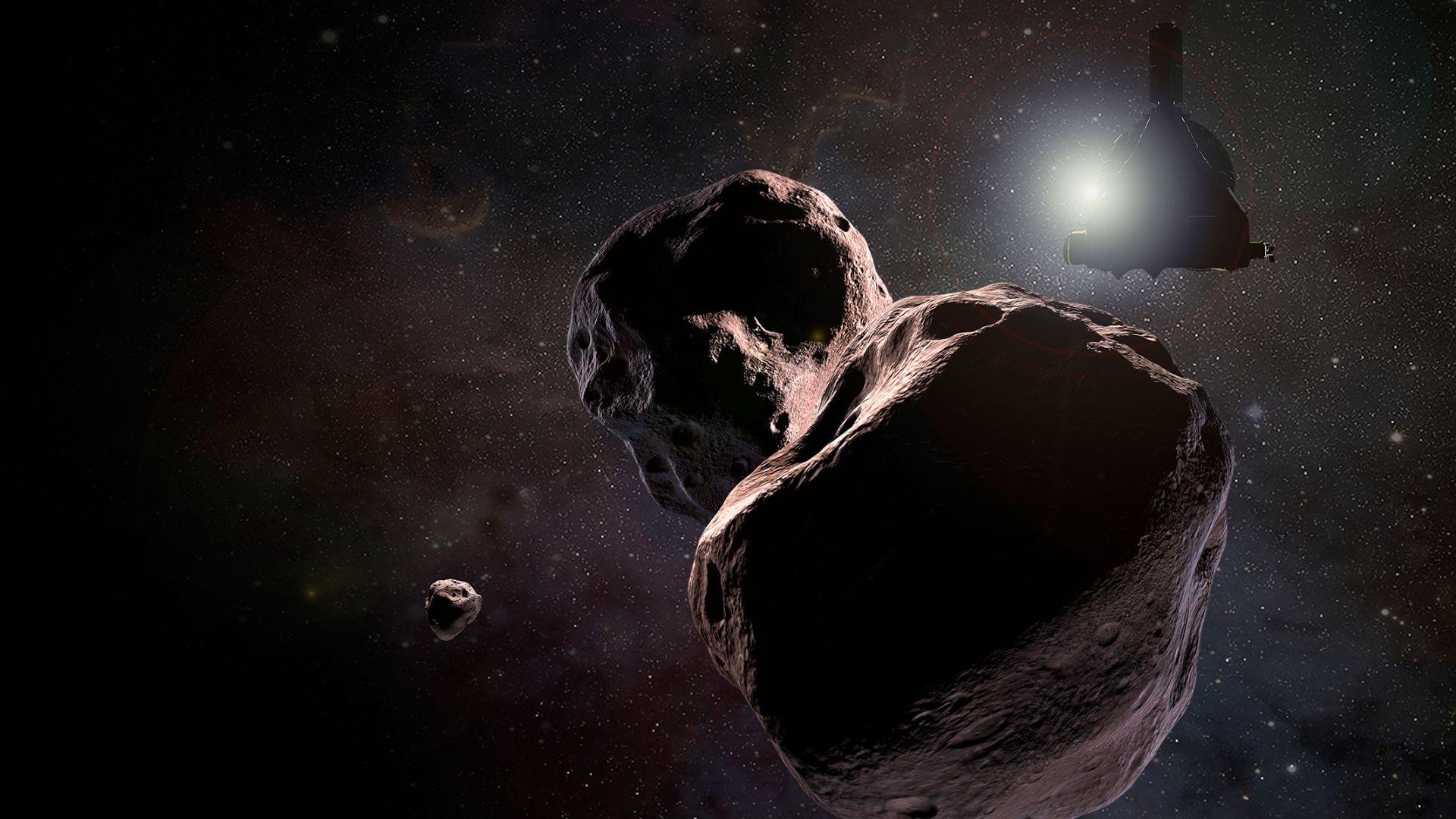
According to NASA, “The Kuiper Belt is a doughnut-shaped region of icy objects beyond the orbit of Neptune. It is home to Pluto and most of the known dwarf planets and some comets.”
“There may be millions of other icy worlds in the Kuiper Belt that were left over from the formation of our solar system,” NASA explains. “Scientists call these worlds Kuiper Belt objects (KBOs), or trans-Neptunian objects (TNOs). Trans-Neptunian objects are objects in our solar system that have an orbit beyond Neptune.” But are there objects in our solar system beyond the Kuiper Belt?
Investigating the Kuiper Belt and Beyond
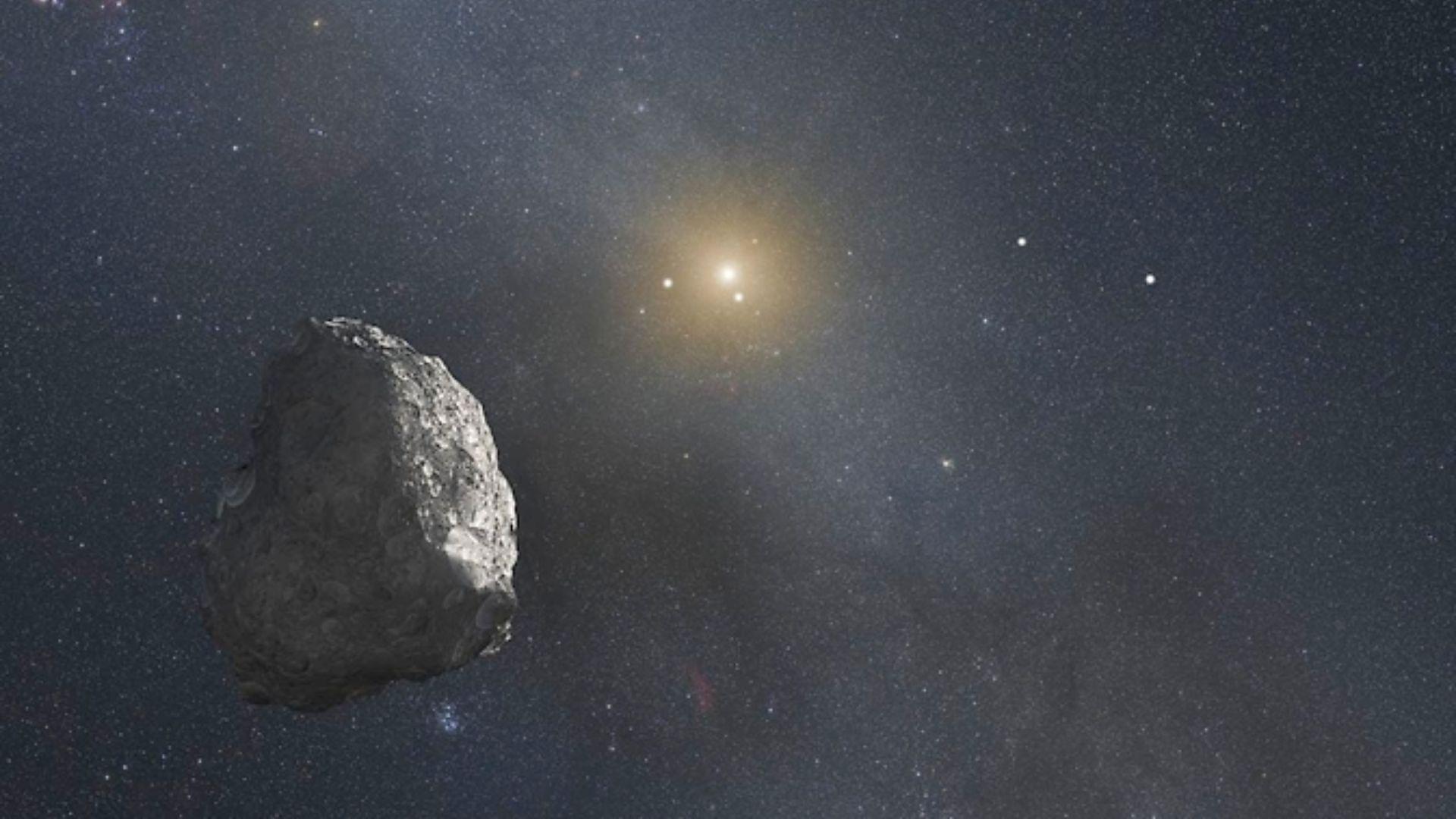
The study, detailed in the Planetary Science Journal of the American Astronomical Society, focuses on a new investigation of the Kuiper Belt, this region situated approximately 3–5 billion miles from the Sun.
This far-away area has long been a subject of interest, but it was only through the combined efforts of NASA’s New Horizons probe and Japan’s Subaru telescope that scientists were able to uncover previously unseen details. By examining the Kuiper Belt with these advanced tools, researchers have made groundbreaking discoveries that were previously beyond reach.
The Oort Cloud
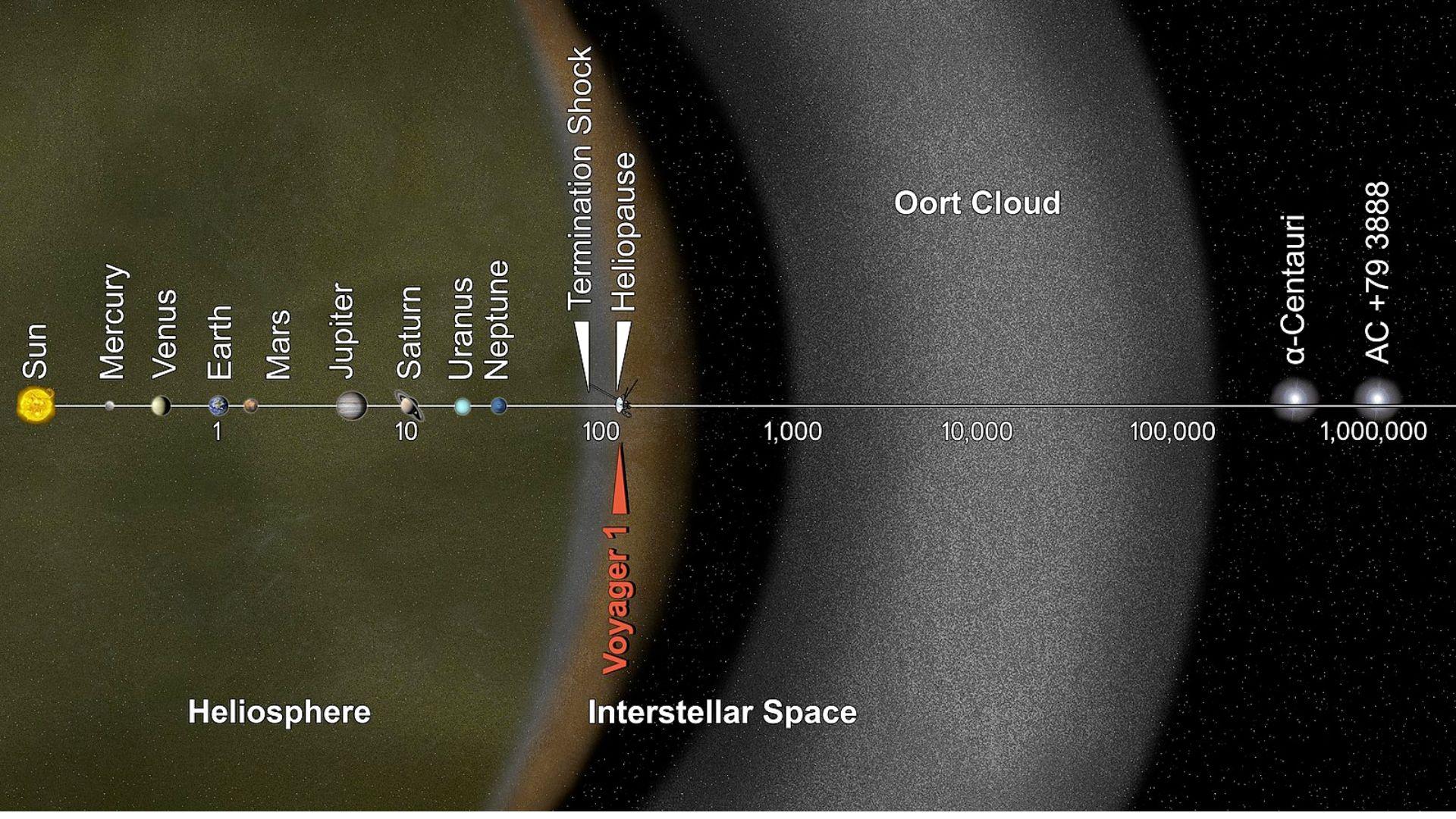
Any of these distant object observations made should not be confused with the Oort Cloud. According to NASA, “Scientists think the Oort Cloud is a giant spherical shell surrounding our solar system. It is like a big, thick-walled bubble made of icy pieces of space debris the sizes of mountains and sometimes larger.”
The Oort Cloud is extremely far away; “The distance from the Sun to the Oort Cloud is so enormous that it’s useful to describe it not in the more common units of miles or kilometers, but astronomical units,” NASA explains. For example “Even though Voyager 1 travels about a million miles per day,” it would take the spacecraft “about 300 years to reach the inner boundary of the Oort Cloud and probably another 30,000 years to exit the far side.”
Far-Away Celestial Bodies
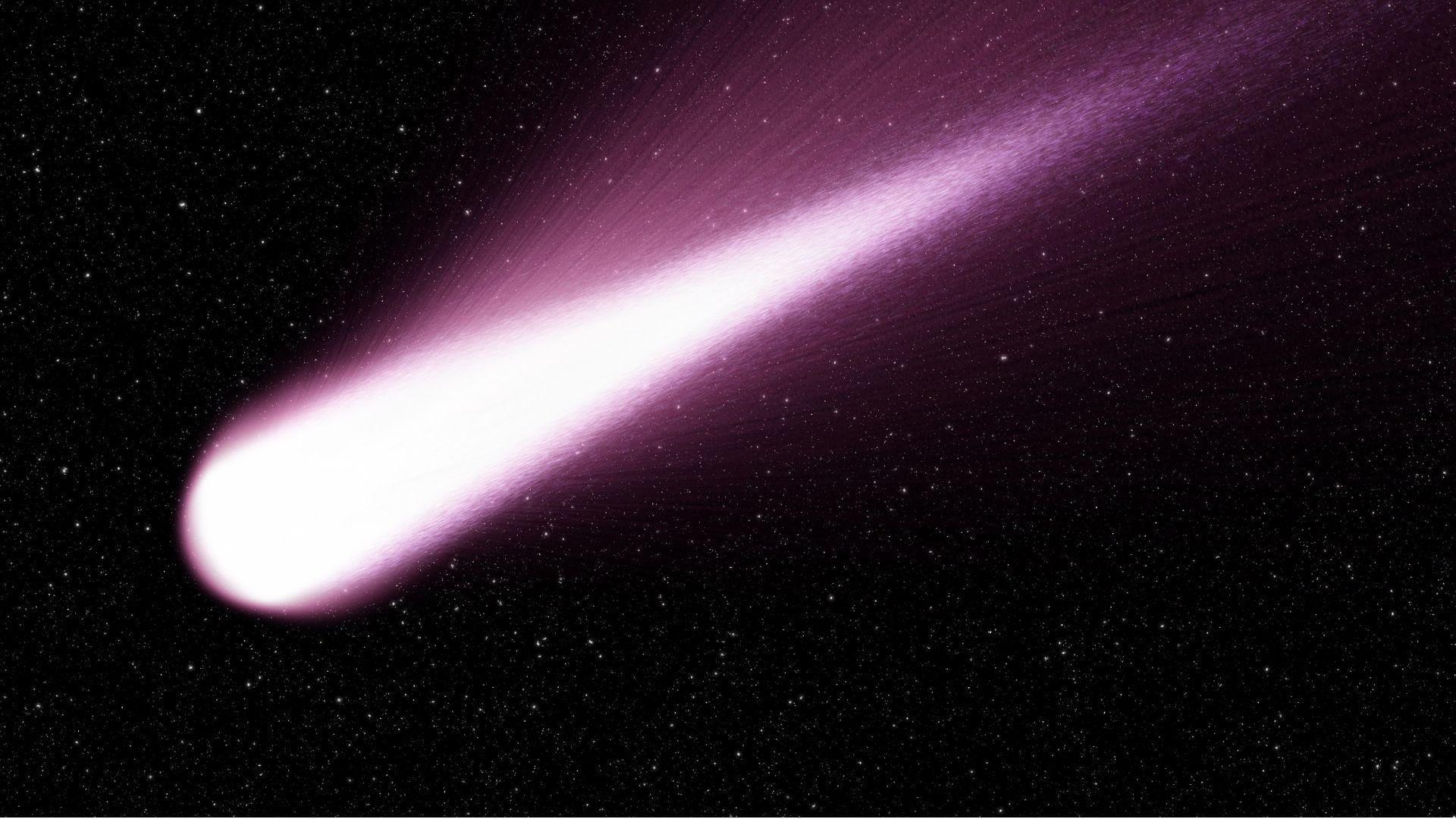
The combined efforts of the observational instruments revealed objects situated beyond the Kuiper Belt, at distances ranging from 6 to 8 billion miles from the Sun. Additionally, scientists identified a void in the region between 3 and 6 billion miles away. It was only in the more distant range—6 to 8 billion miles from the Sun—that new celestial bodies were detected.
According to NASA, “no object has been observed in the distant Oort Cloud itself, leaving it a theoretical concept for the time being.” The objects recently discovered are beyond the Kuiper Belt, but not quite to the Oort Cloud.
Perhaps Larger Than Thought
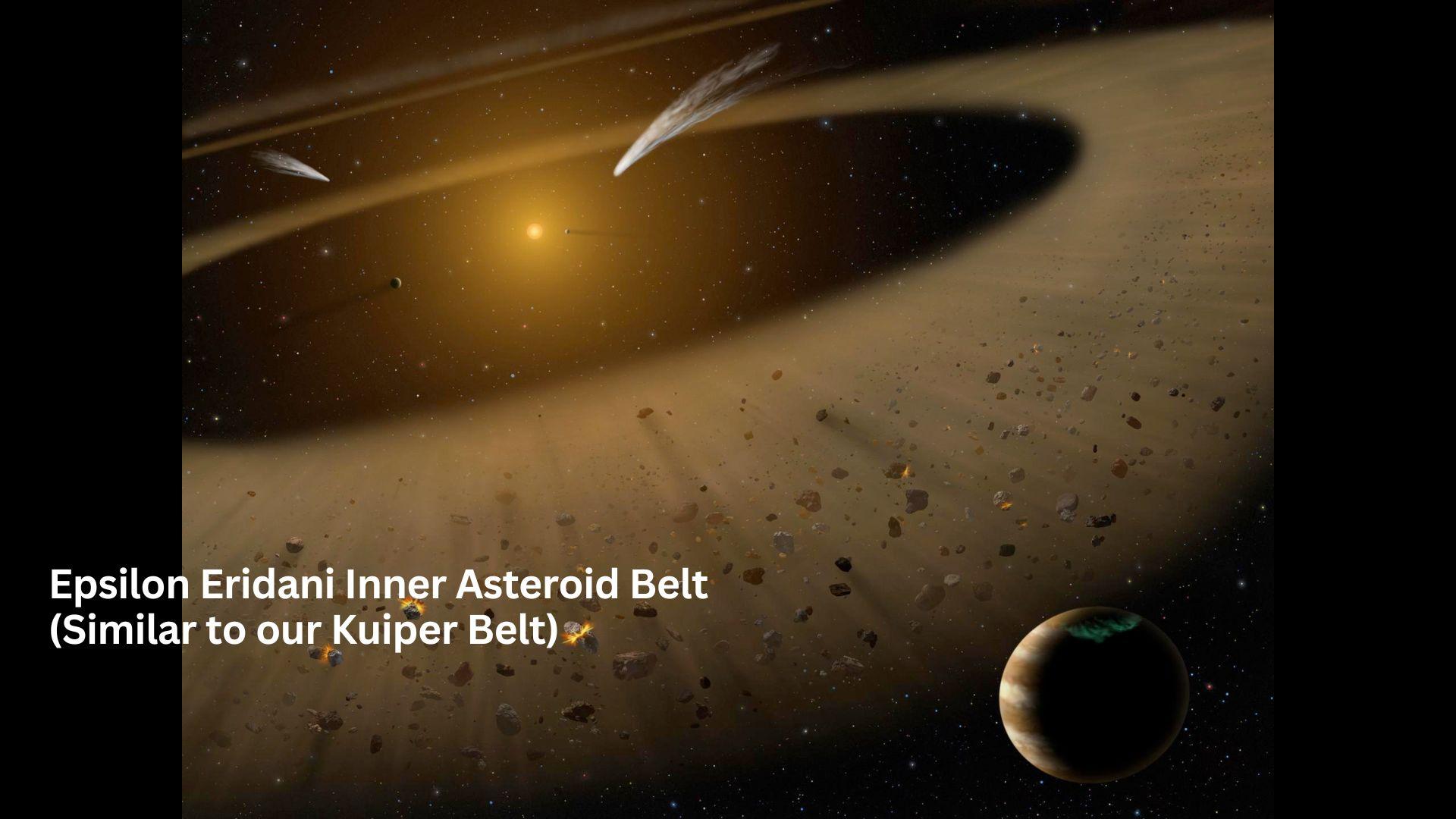
The lead author of the study, Wes Fraser, pointed out that the Kuiper Belt in our solar system has often been considered relatively small when compared to similar structures in other planetary systems—he explained, “Our solar system’s Kuiper Belt long appeared to be very small in comparison with many other planetary systems.”
However, according to Fraser, the team’s “results suggest that idea might just have arisen due to an observational bias.” The new observations suggest that earlier conclusions might have been influenced by limitations in our observational methods rather than reflecting the true scale of the Kuiper Belt.
Understanding the Formation of the Solar System
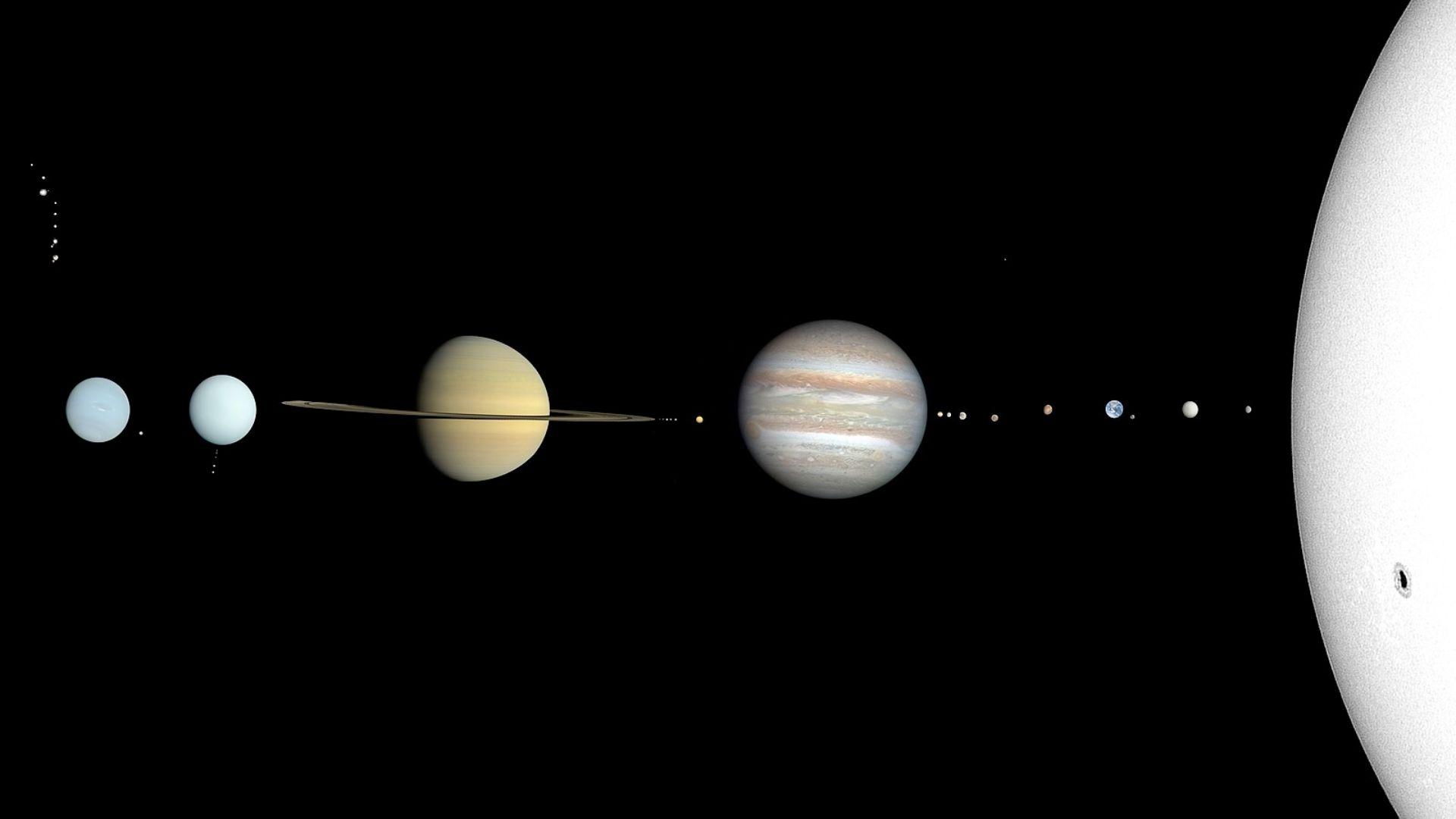
The discovery involving the New Horizons probe and the Subaru telescope holds great importance for science: it could lead to a significant shift in our understanding of the solar system’s formation.
If ongoing research verifies the existence of a previously unknown group of celestial objects beyond the Kuiper Belt, it could challenge current theories about the early history and structure of our solar system. Uncovering a new population of distant cosmic entities could prompt a reassessment of established models and lead to a more refined understanding of the processes that shaped our solar system.
Distant Objects Revealing Secrets
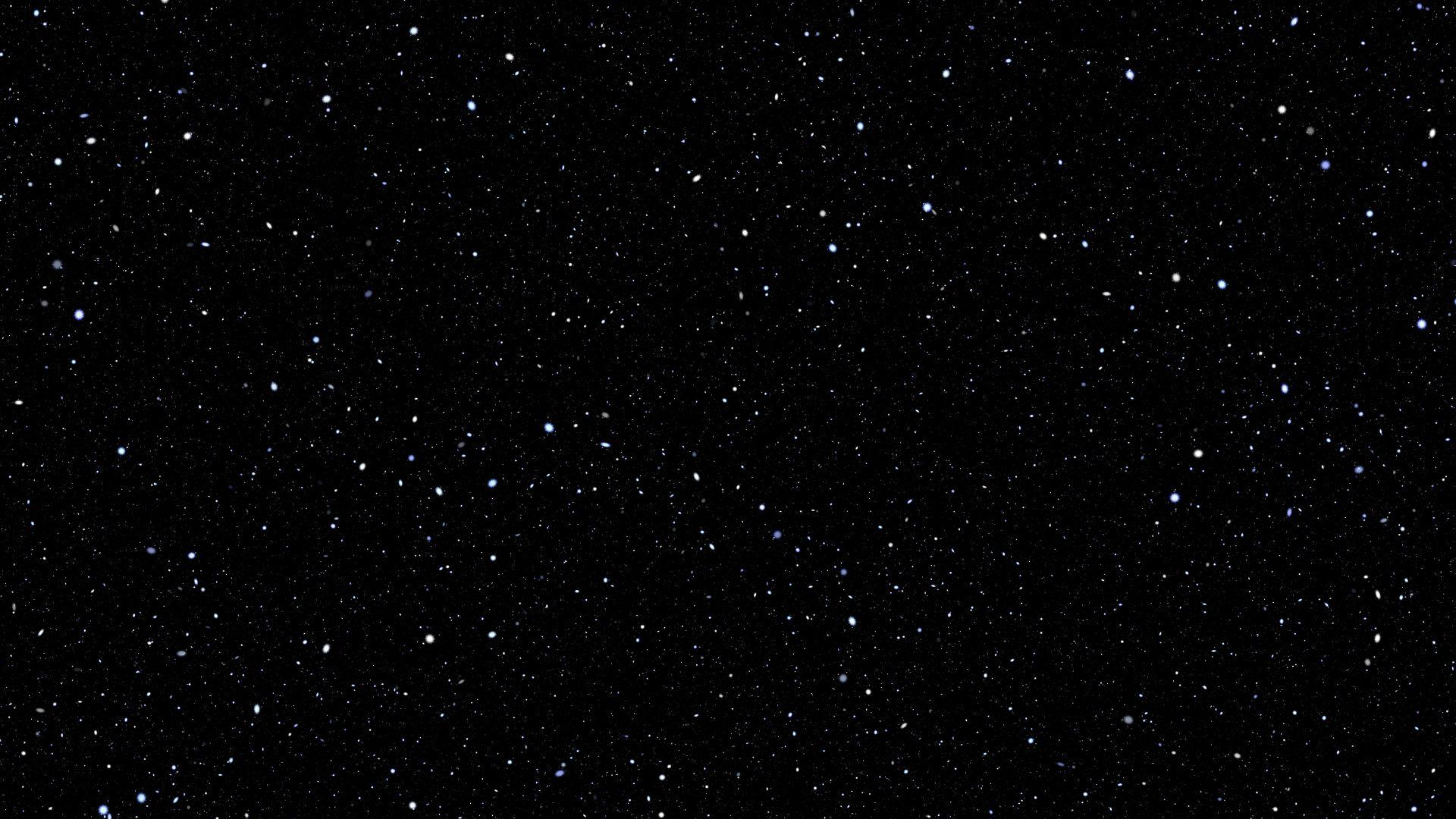
Fraser explained that, by studying and understanding these distant objects beyond the Kuiper Belt, scientists could reconsider their ideas about the universe. It could very well be that the disk of planetary material responsible for the formation of the solar system’s planets and structures around 5 billion years ago might have been significantly larger than scientists had previously estimated.
Additionally, until these findings of material beyond the Kuiper Belt emerged, researchers had not considered the existence of additional celestial objects in that distant region. These far-away mysterious objects could reveal secrets about our solar system.
Changing Beliefs
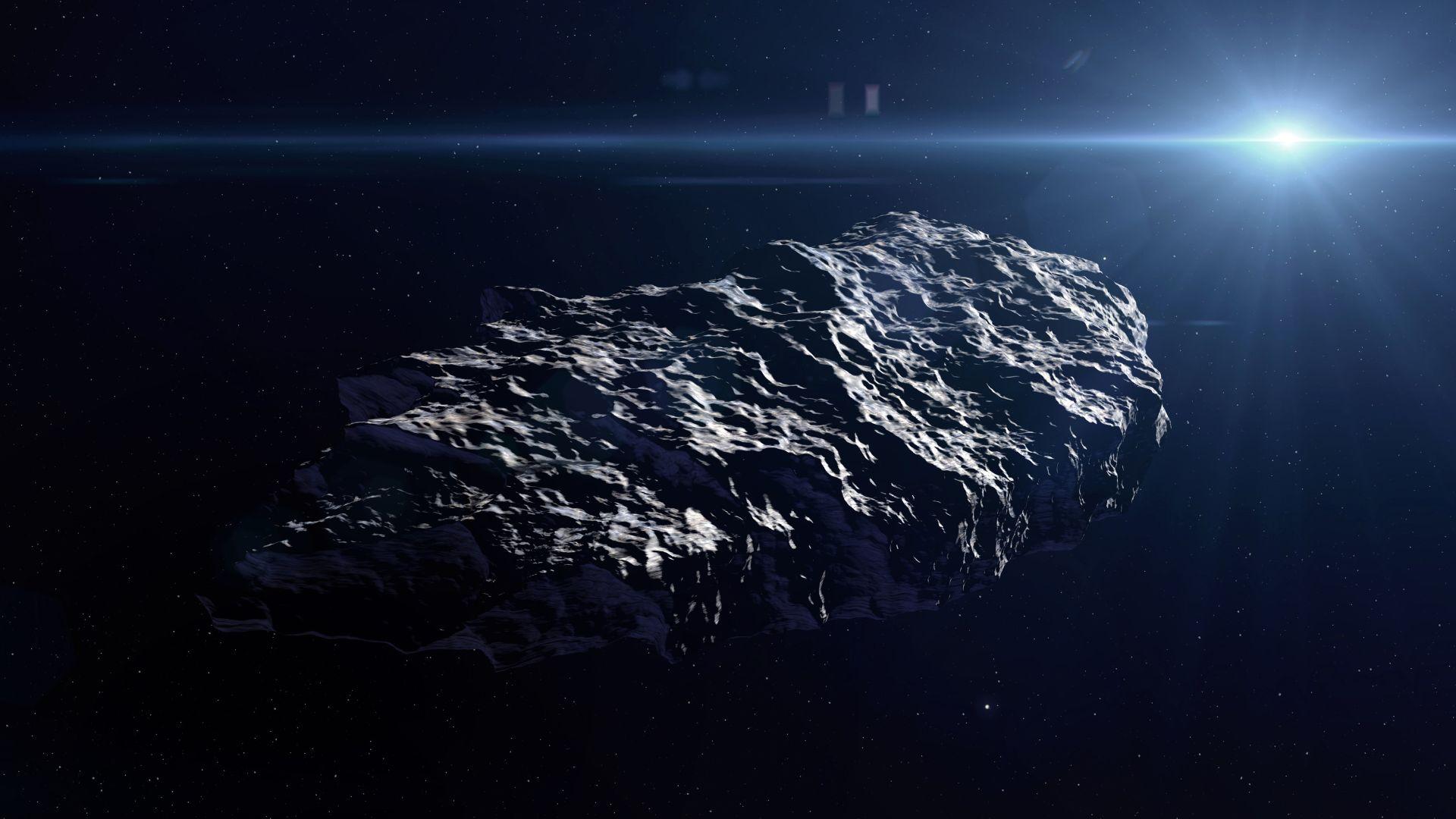
As mentioned previously, this discovery could change the way we understand our solar system. The presence of these unknown space objects that lie beyond the known Kuiper Belt could indicate that the nebula from which the solar system formed was much larger than previously believed.
In order to confirm this thesis, it will be necessary to obtain and study further readings from NASA’s New Horizons probe—or a similar, powerful space-data-gathering object. Scientists continue to research beyond the Kuiper Belt.
Future Study

The recent discovery of objects beyond the Kuiper Belt marks a significant milestone in our exploration of the solar system. “We still have much to learn about what this distant population actually looks like, but what’s fascinating is that there is a new Kuiper Belt population out there at all,” Frazer explained.
With new evidence suggesting the existence of these distant and mysterious celestial bodies, scientists will have to reassess the size and structure of the nebular disk that shaped our solar system 5 billion years ago. As research progresses and more data becomes available from NASA’s New Horizons probe (and Japan’s Subaru telescope), we may uncover even more secrets about the early solar system, potentially rewriting the history of our celestial home.

